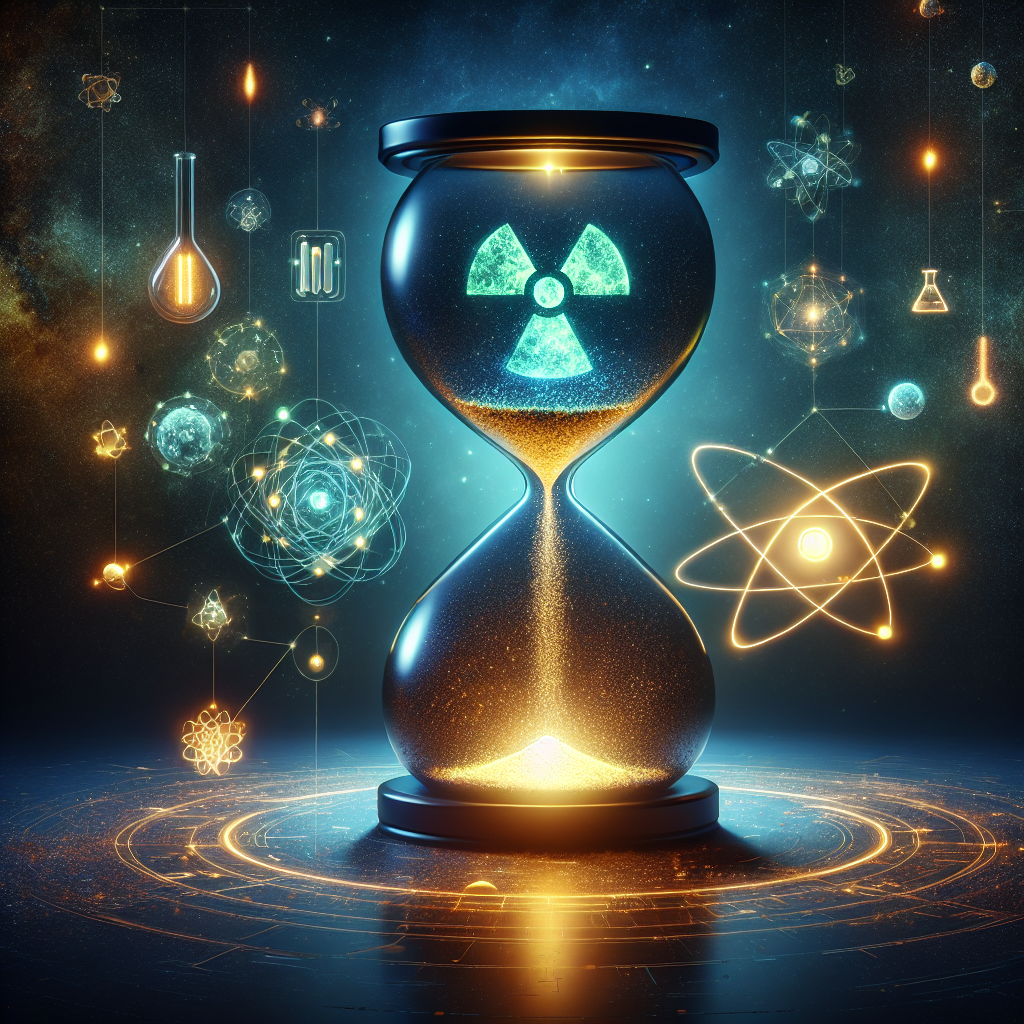Can Radioactive Decay Be Sped Up or Slowed Down? A Scientific Inquiry
Radioactive decay is a fundamental process in physics that has intrigued scientists and laypeople alike. The notion of altering the rate at which radioactive materials decay is not only fascinating but also has profound implications for fields ranging from energy production to nuclear waste management. In this article, we delve into the science behind radioactive decay and explore whether it can be manipulated.
Table of Contents
- Introduction to Radioactive Decay
- What is Radioactive Decay?
- The Immutable Nature of Decay
- Can We Manipulate Decay Rates?
- Scientific Experiments and Findings
- Implications of Altering Decay
- Conclusion
- FAQs
Introduction to Radioactive Decay
Radioactive decay is, at its core, the disintegration of an unstable atomic nucleus into a more stable form. This process releases energy and particles, transforming the original nucleus into a different element or a different isotope of the same element. As we explore whether this process can be controlled, we must first understand the nature of radioactive decay.
What is Radioactive Decay?
Radioactive decay occurs when an unstable atom loses energy by emitting radiation. This can take several forms, including alpha particles, beta particles, or gamma rays. Each type of decay process has its own characteristic half-life, the time required for half of a given amount of radioactive substance to decay. These half-lives can range from fractions of a second to billions of years, depending on the isotope.
The Immutable Nature of Decay
Traditionally, radioactive decay has been considered immutable—a natural process that proceeds at a constant rate determined by the fundamental laws of physics. This constancy underpins many scientific and practical applications, such as radiometric dating and nuclear medicine. However, the question remains: is there any way to alter these decay rates?

Can We Manipulate Decay Rates?
The idea of manipulating decay rates is not new. Over the years, scientists have pondered whether external factors, such as temperature, pressure, or chemical environment, could influence the rate of radioactive decay. While these factors can affect chemical reactions, radioactive decay is governed by nuclear forces, which are much stronger and typically unaffected by external conditions.
Scientific Experiments and Findings
Several experiments have been conducted to test the possibility of altering decay rates. For instance, researchers have subjected radioactive materials to extreme pressures, temperatures, and electromagnetic fields to see if these conditions could hasten or delay decay. The results have been largely consistent: decay rates remain unchanged under typical terrestrial conditions.
However, there have been intriguing exceptions. Some studies suggest that neutrino flux from the sun might influence decay rates marginally, though these findings are still debated within the scientific community. Additionally, in very specific and extreme environments, such as those found within stars or during supernovae, decay rates might be affected, but such conditions are not replicable on Earth.
Implications of Altering Decay
If we could reliably alter decay rates, it would have significant implications. For instance, speeding up decay could help in reducing the longevity of nuclear waste, making it easier to manage. Conversely, slowing down decay might lead to more efficient use of radioactive materials in energy production. However, the challenges of achieving this, given our current understanding and technology, are monumental.
Conclusion
While the idea of altering radioactive decay rates is tantalizing, our current scientific understanding suggests that it remains a largely immutable process under normal conditions. The exceptions are rare and require environments far beyond what we can currently achieve on Earth. As research continues, we may uncover new methods or insights, but for now, the steady tick of radioactive decay remains a constant of nature.
FAQs
What is radioactive decay?
Radioactive decay is the process by which an unstable atomic nucleus loses energy by emitting radiation, transforming into a different element or isotope over time.
Can human intervention alter decay rates?
Under normal conditions, human intervention cannot significantly alter decay rates. However, extreme environments in astrophysical settings may have some effect.
What are the implications of changing decay rates?
If possible, altering decay rates could revolutionize nuclear waste management and energy production, but achieving this remains beyond our current capabilities.
Have any experiments been successful in changing decay rates?
Most experiments show decay rates remain stable under typical conditions, though some suggest minor effects from solar neutrinos, but these findings are not universally accepted.
In conclusion, while the scientific community remains curious about the possibilities of altering radioactive decay, the current consensus leans heavily on its stability and resistance to change under ordinary circumstances. As with many scientific inquiries, the journey of understanding continues, promising new discoveries on the horizon.

